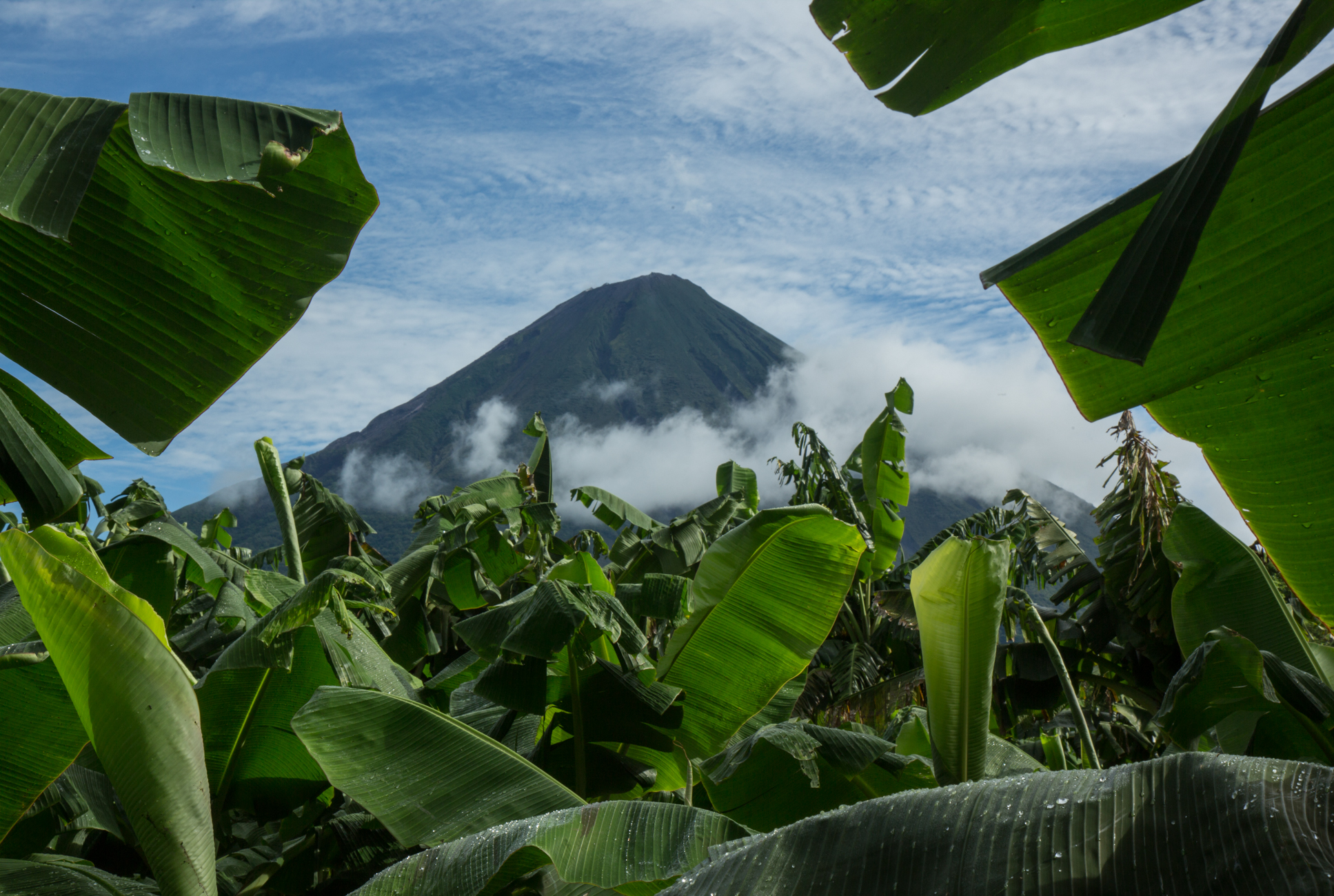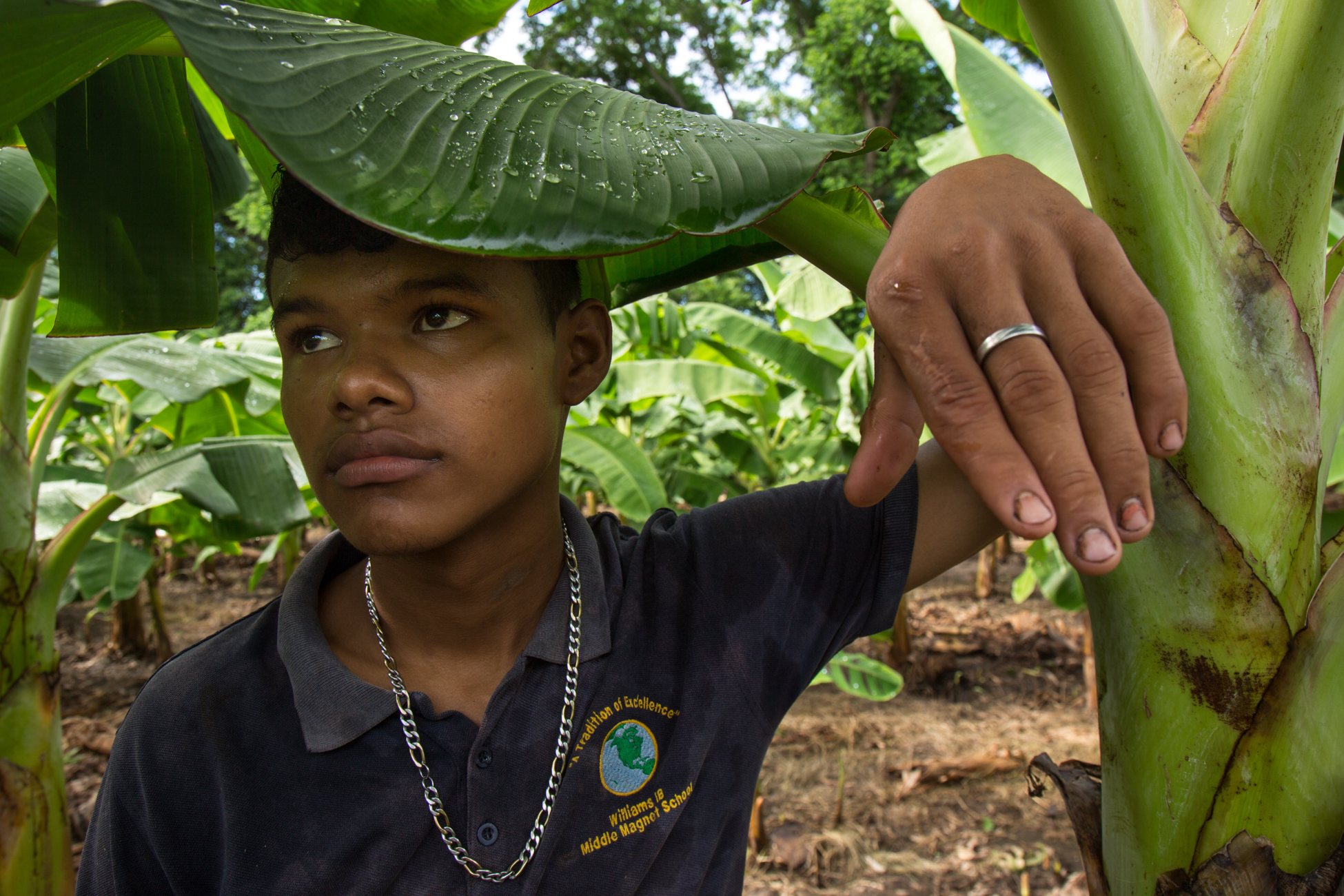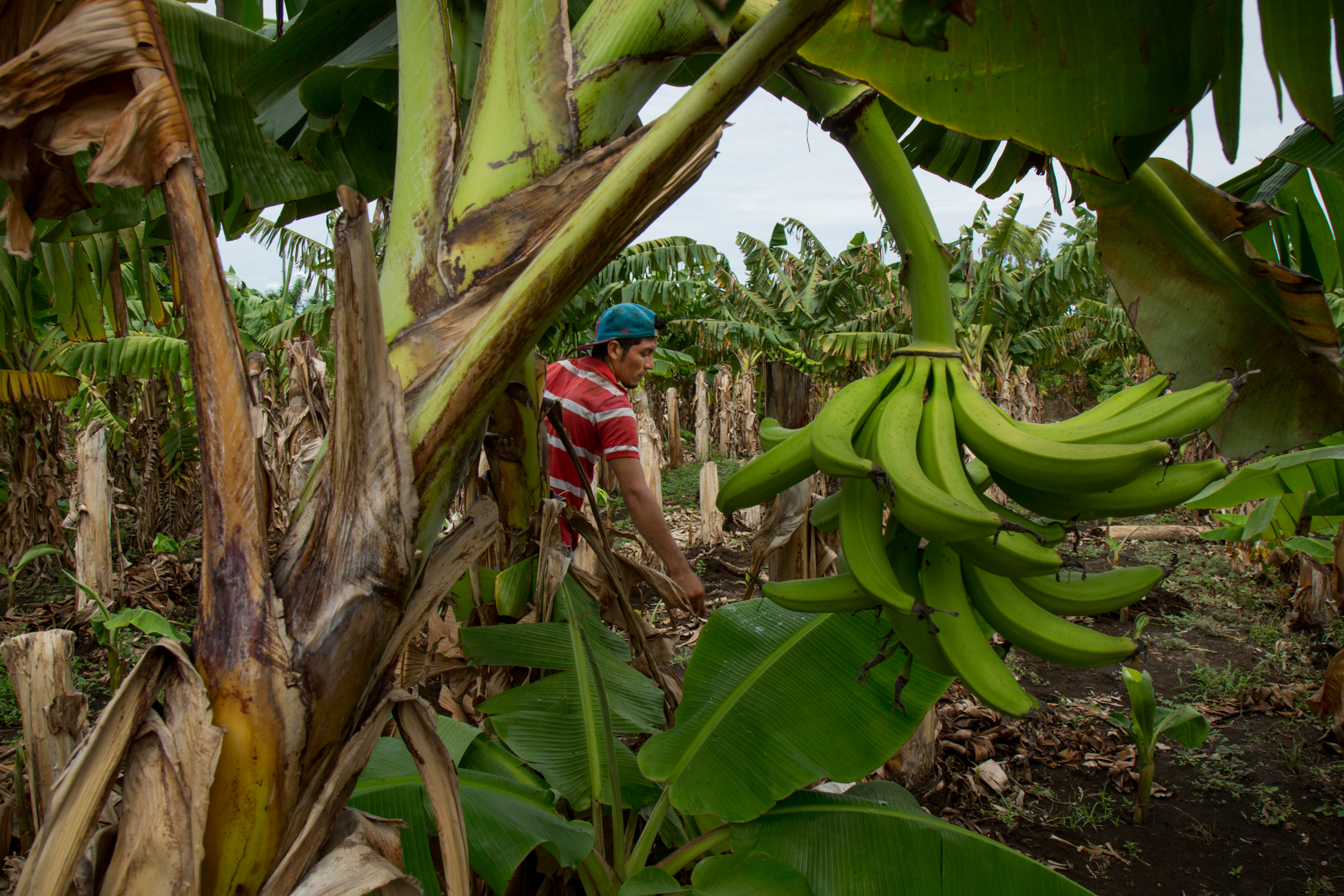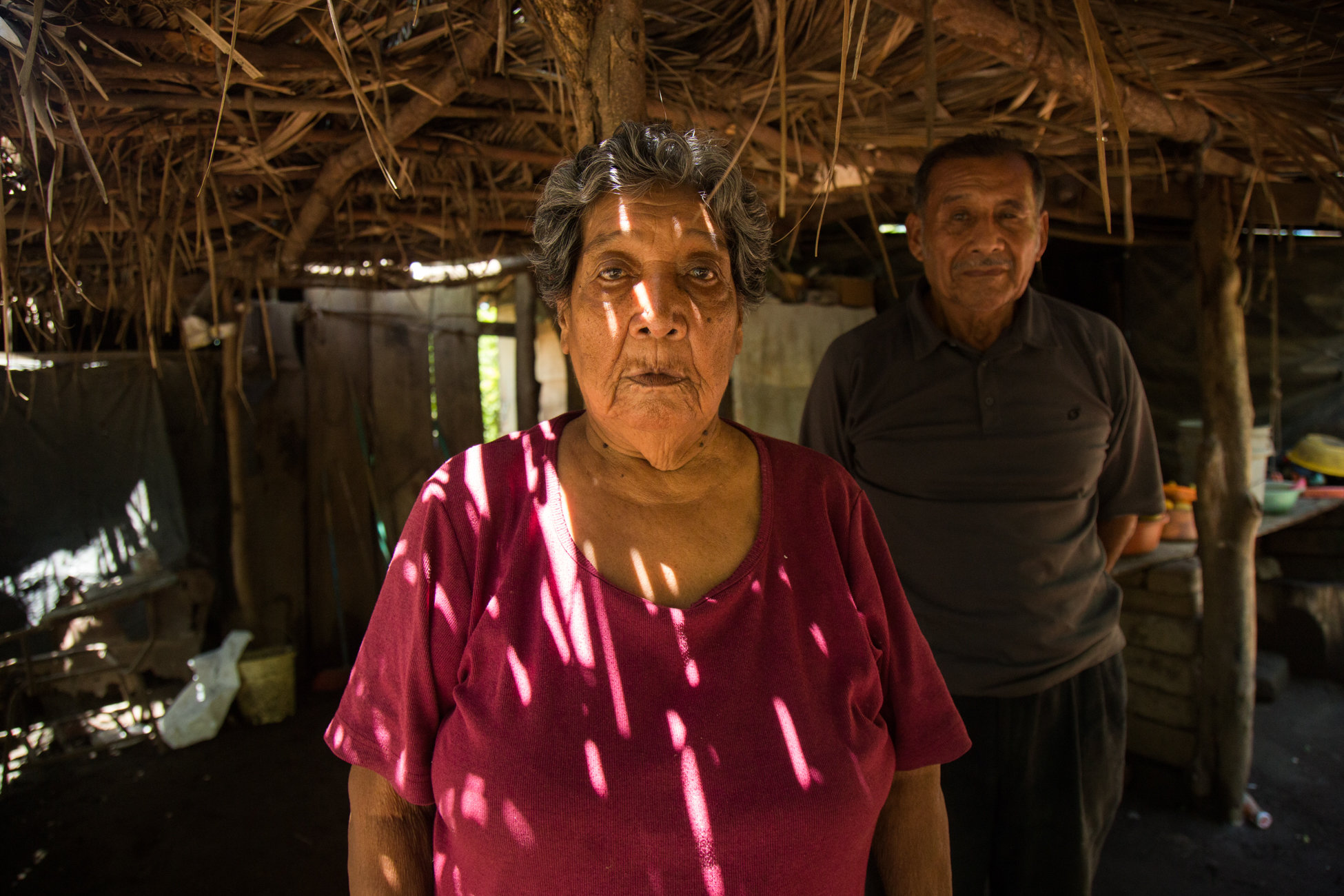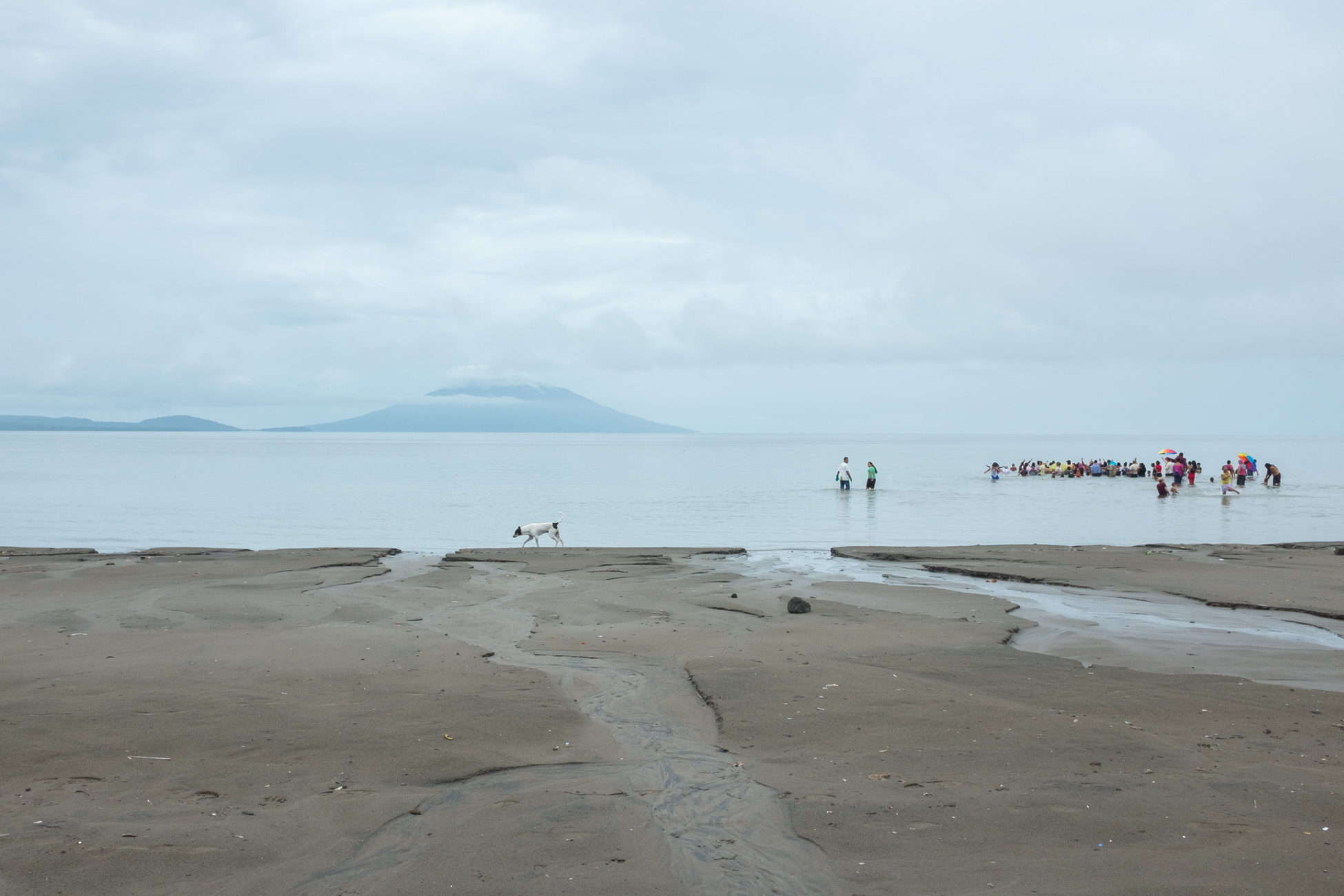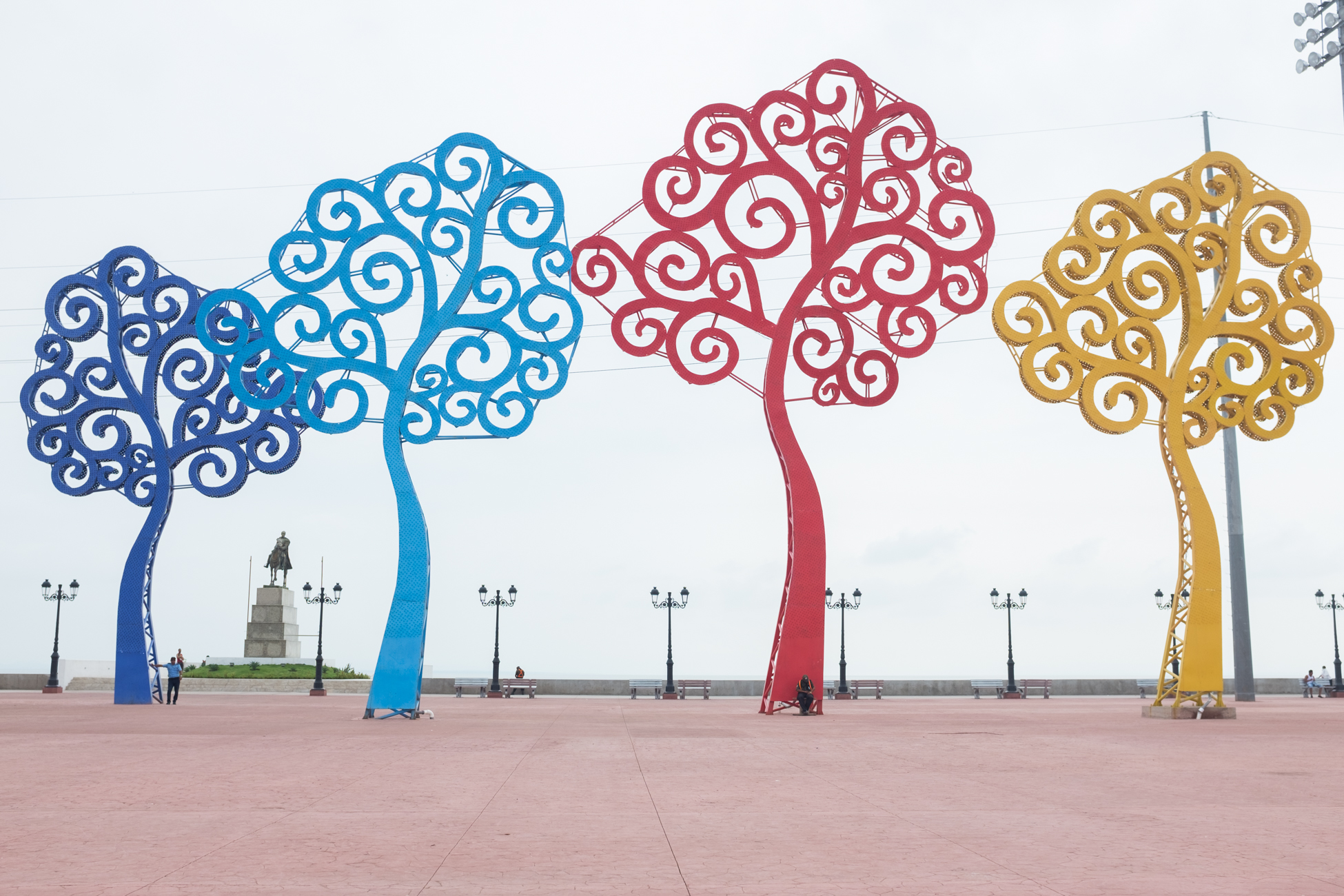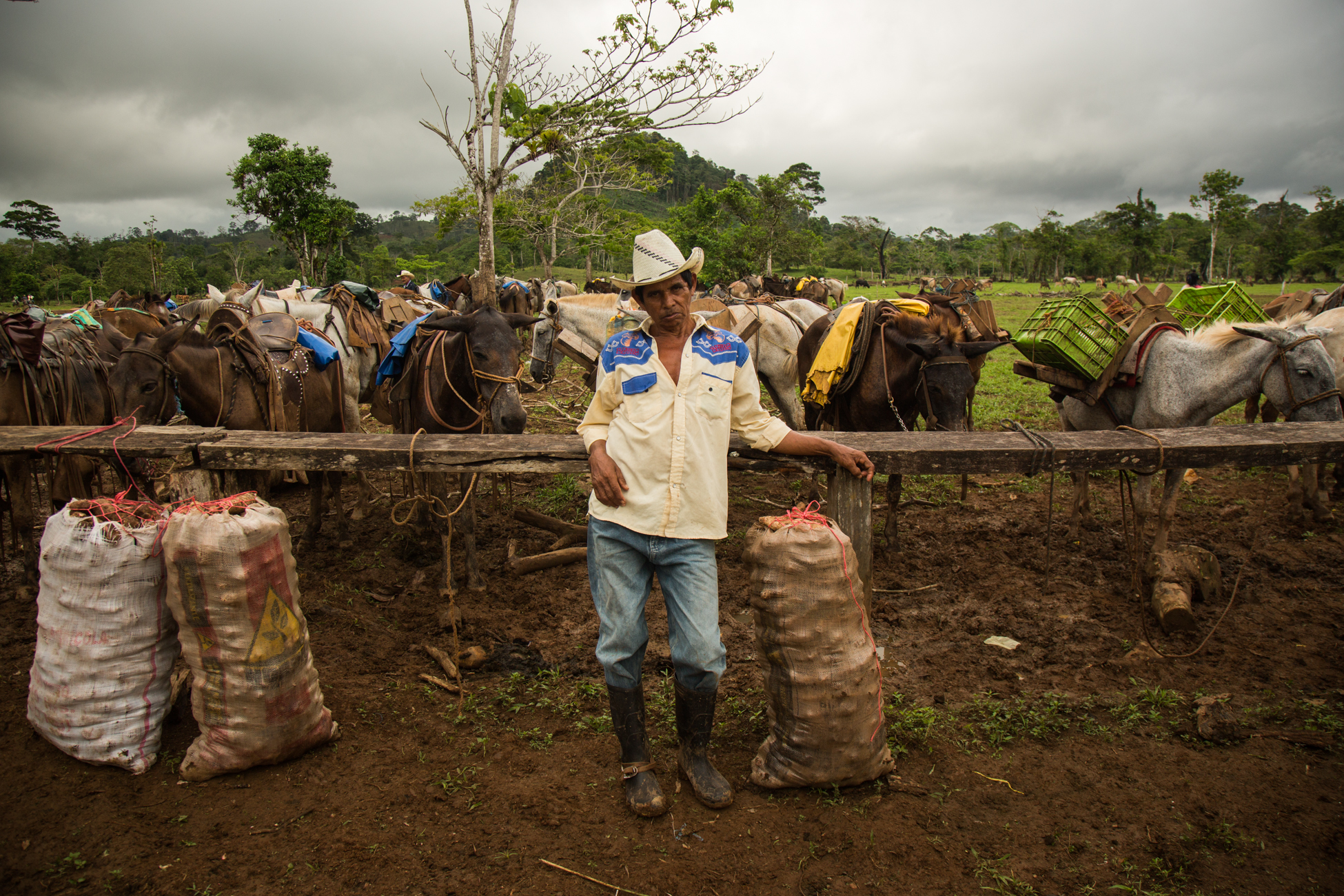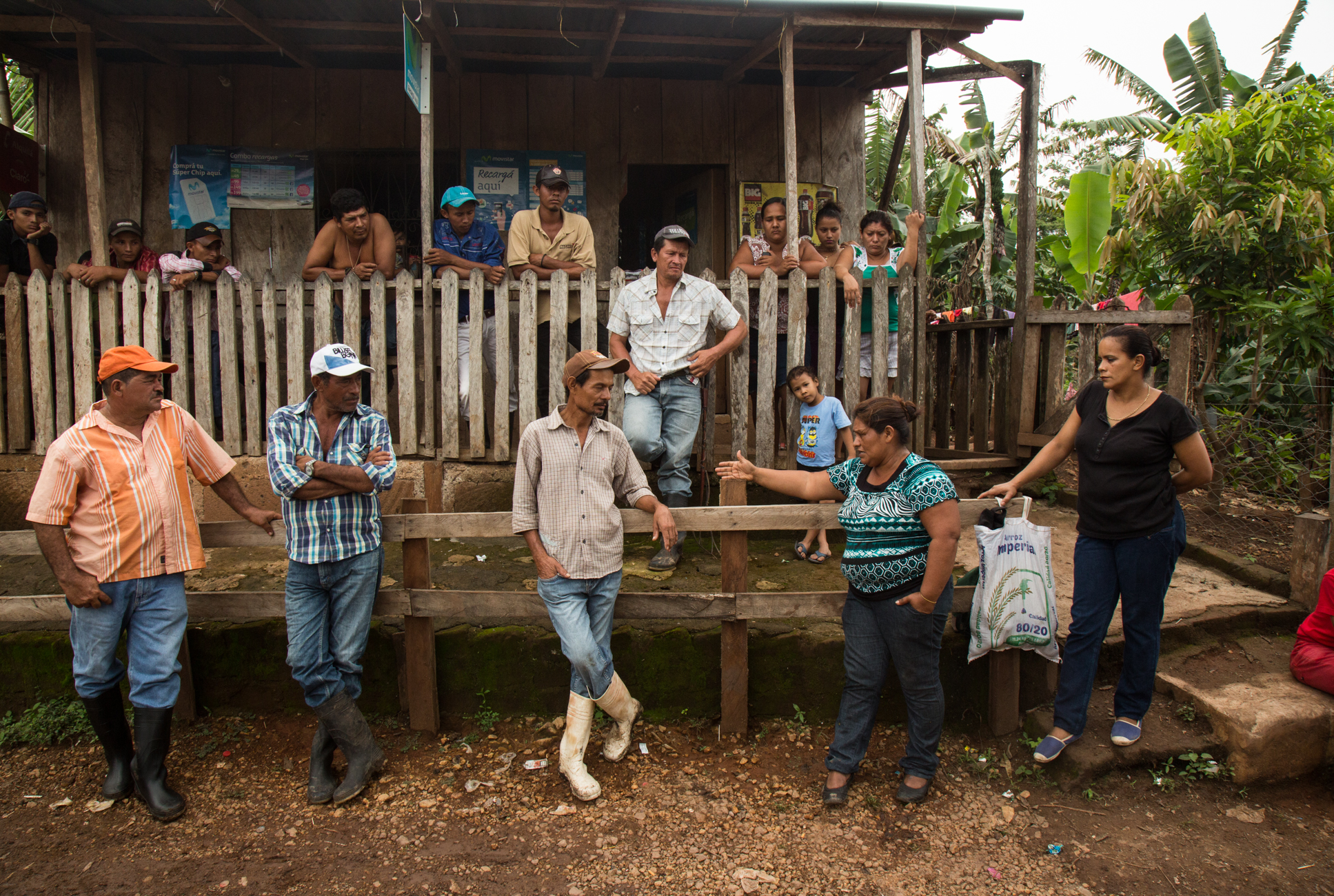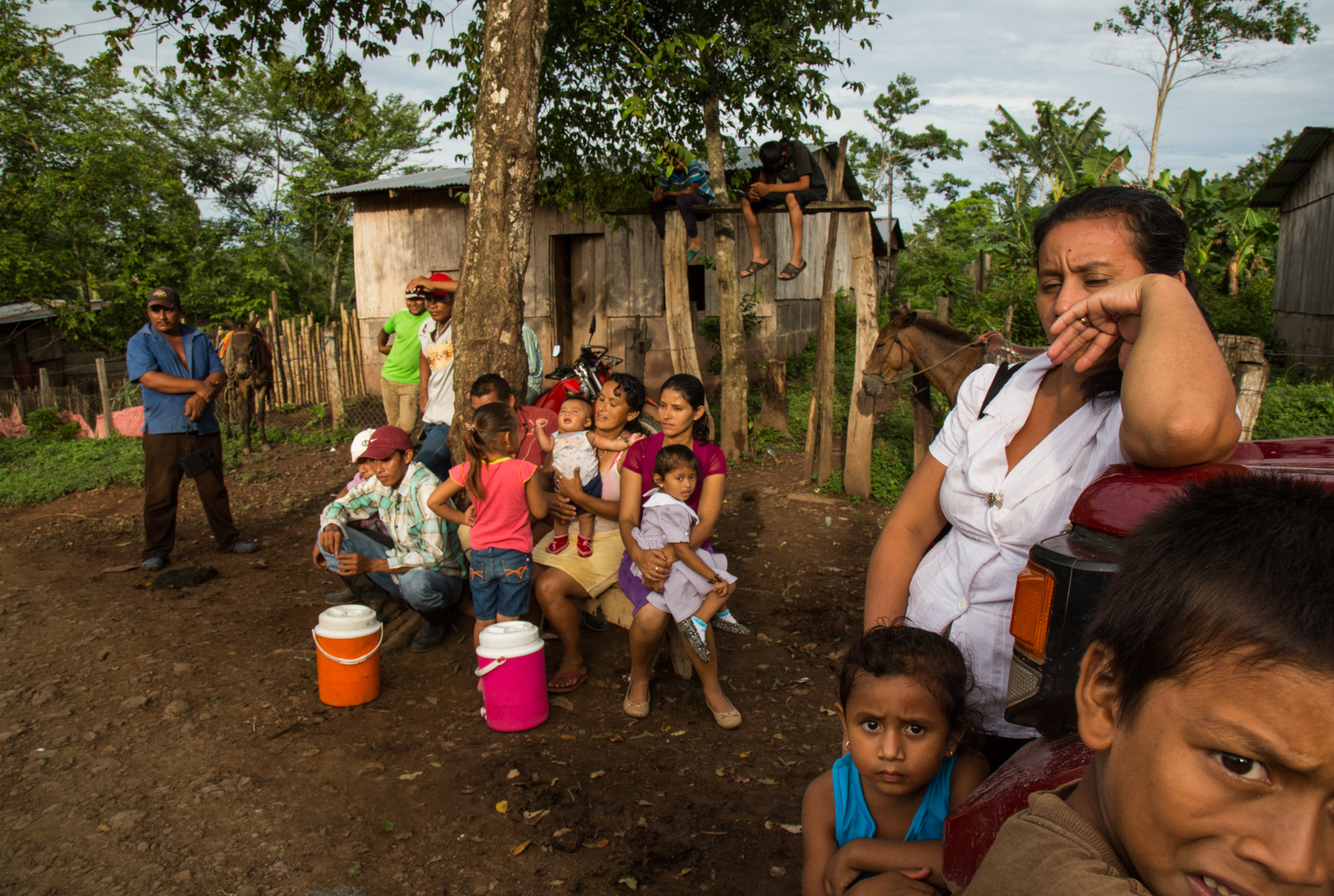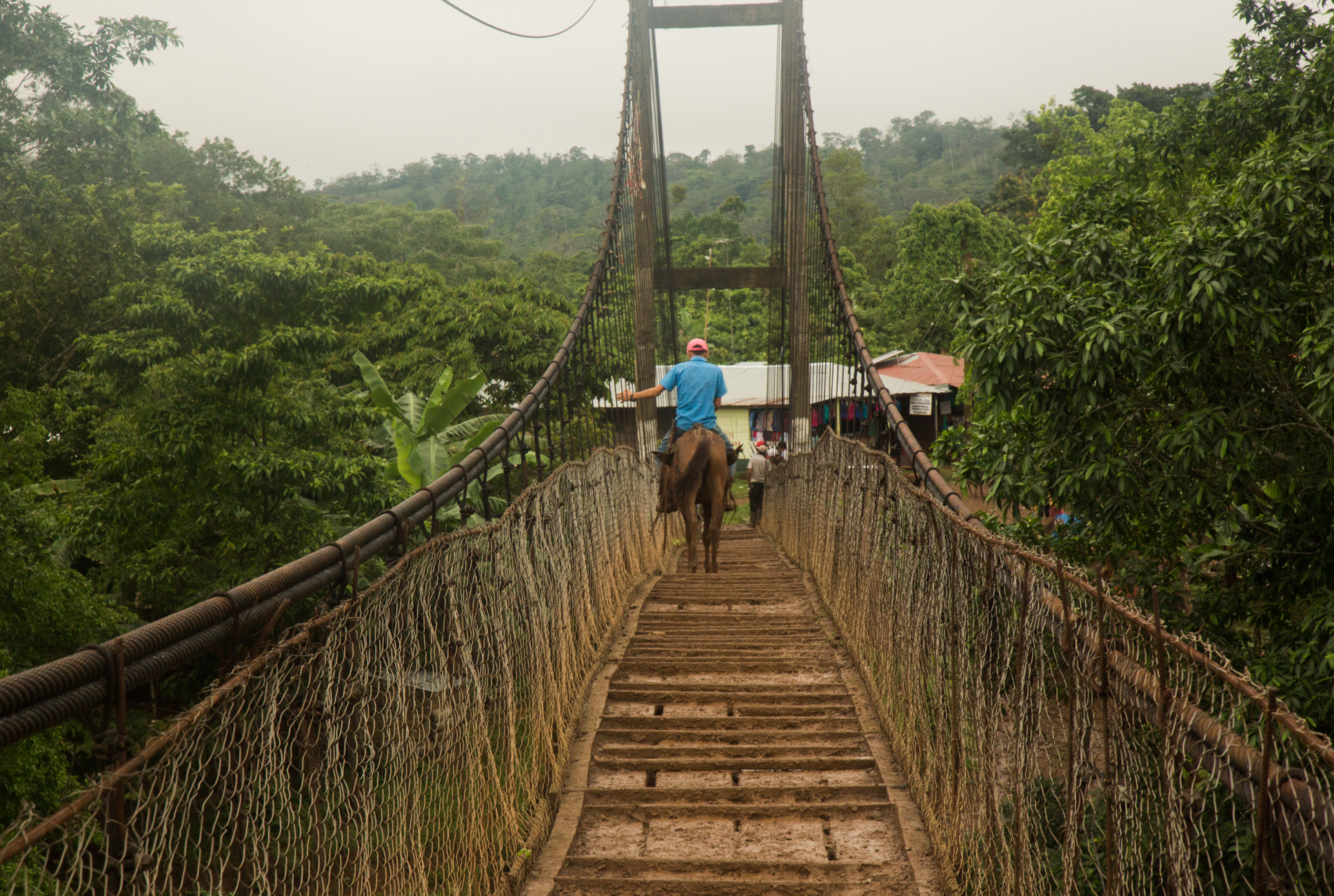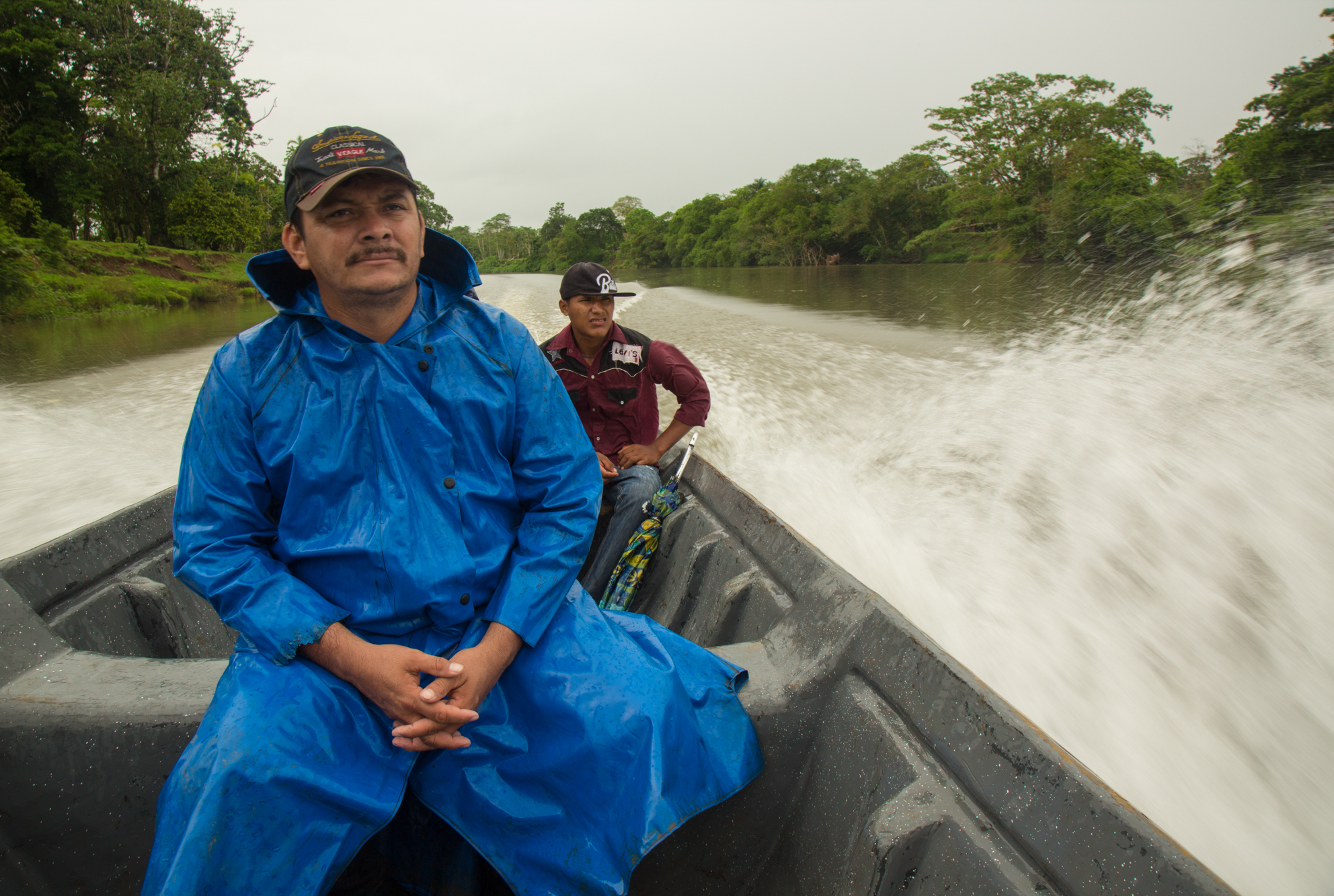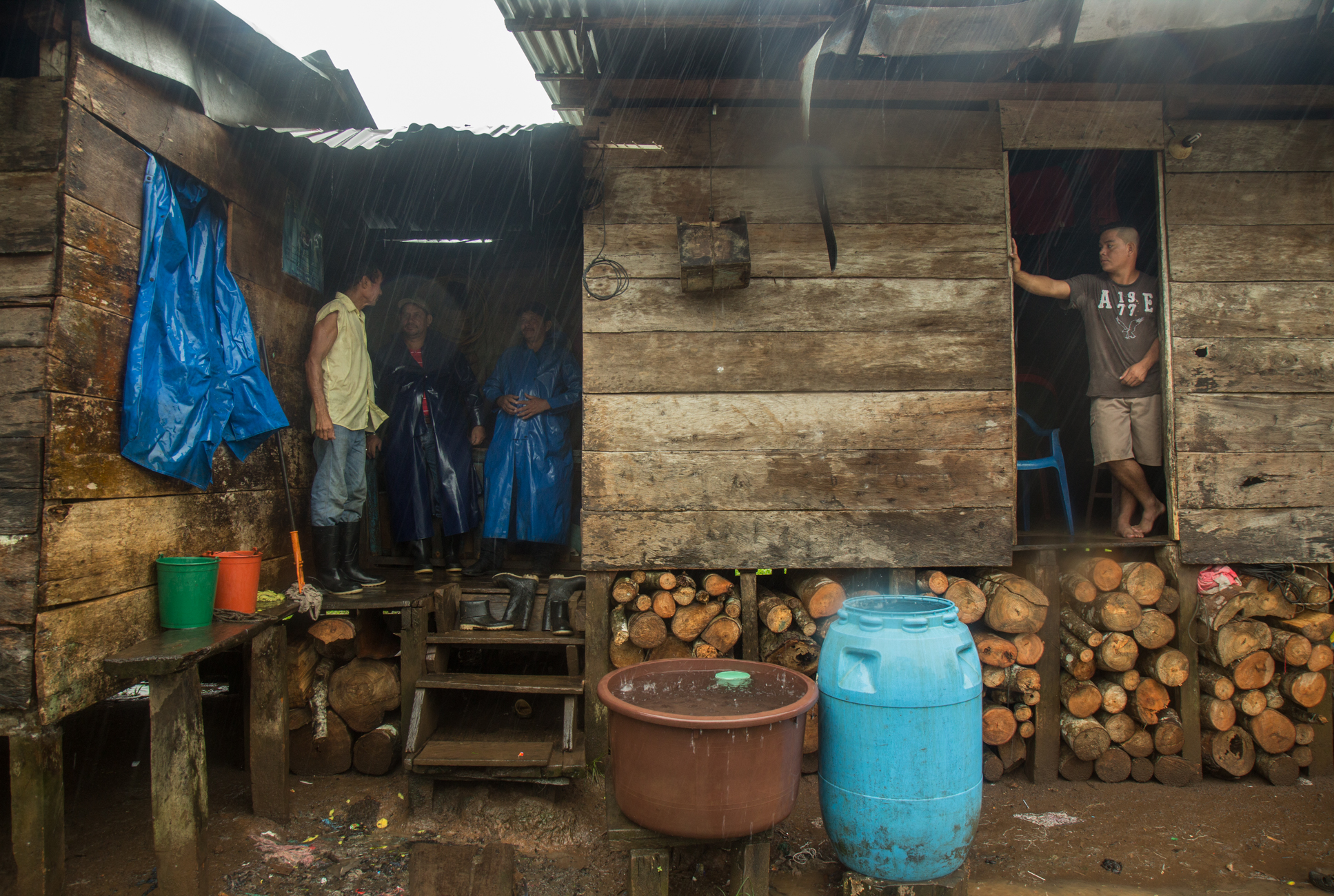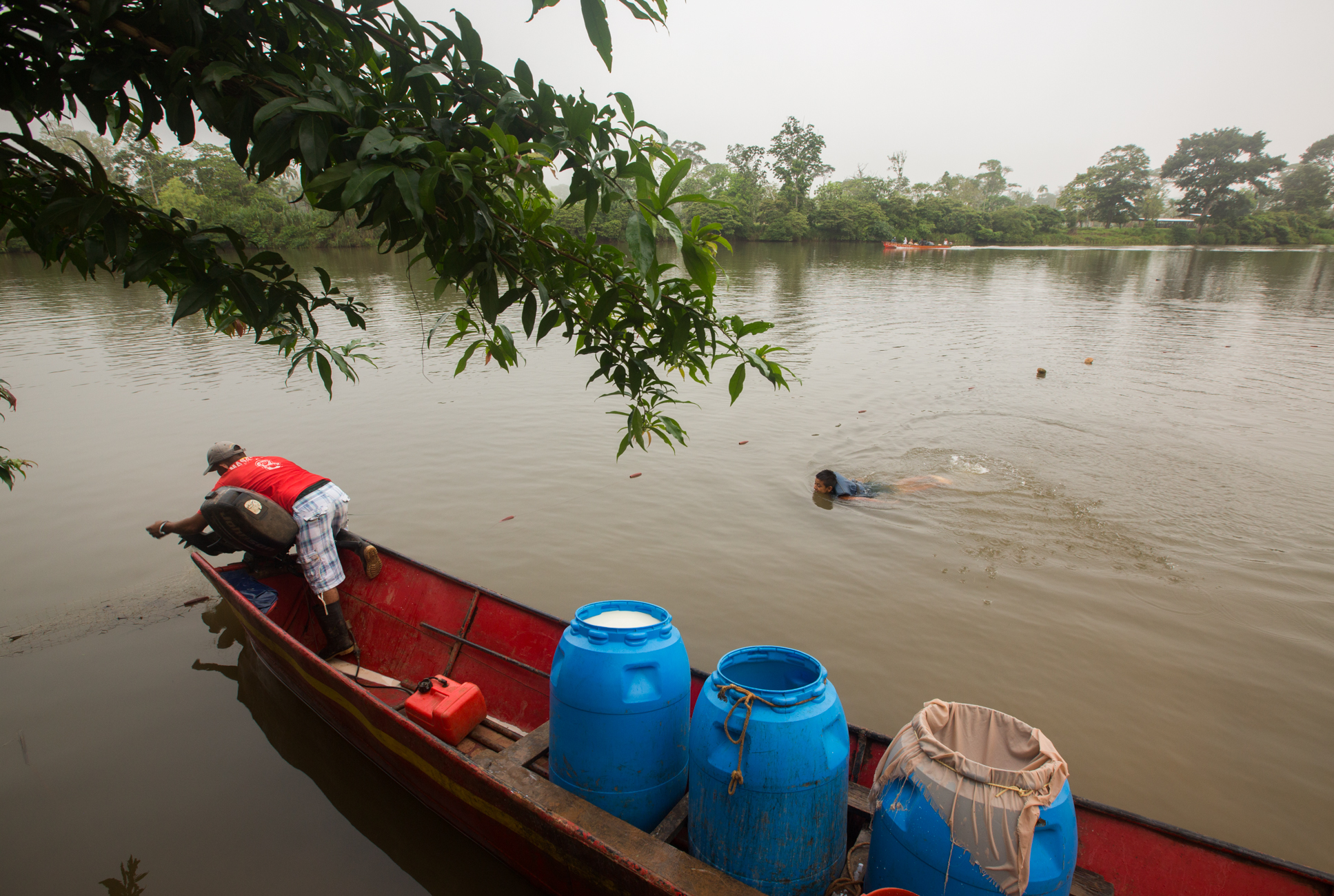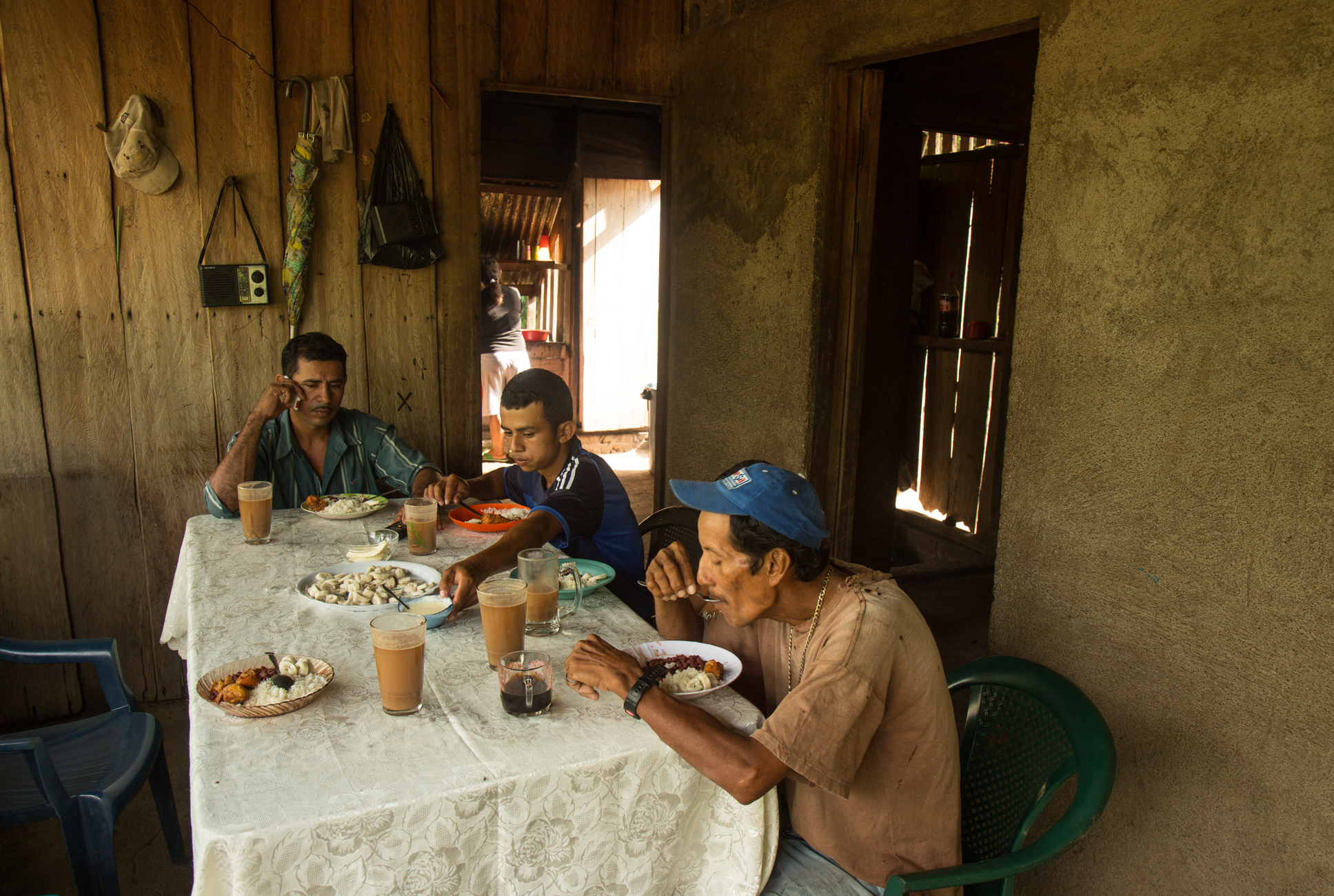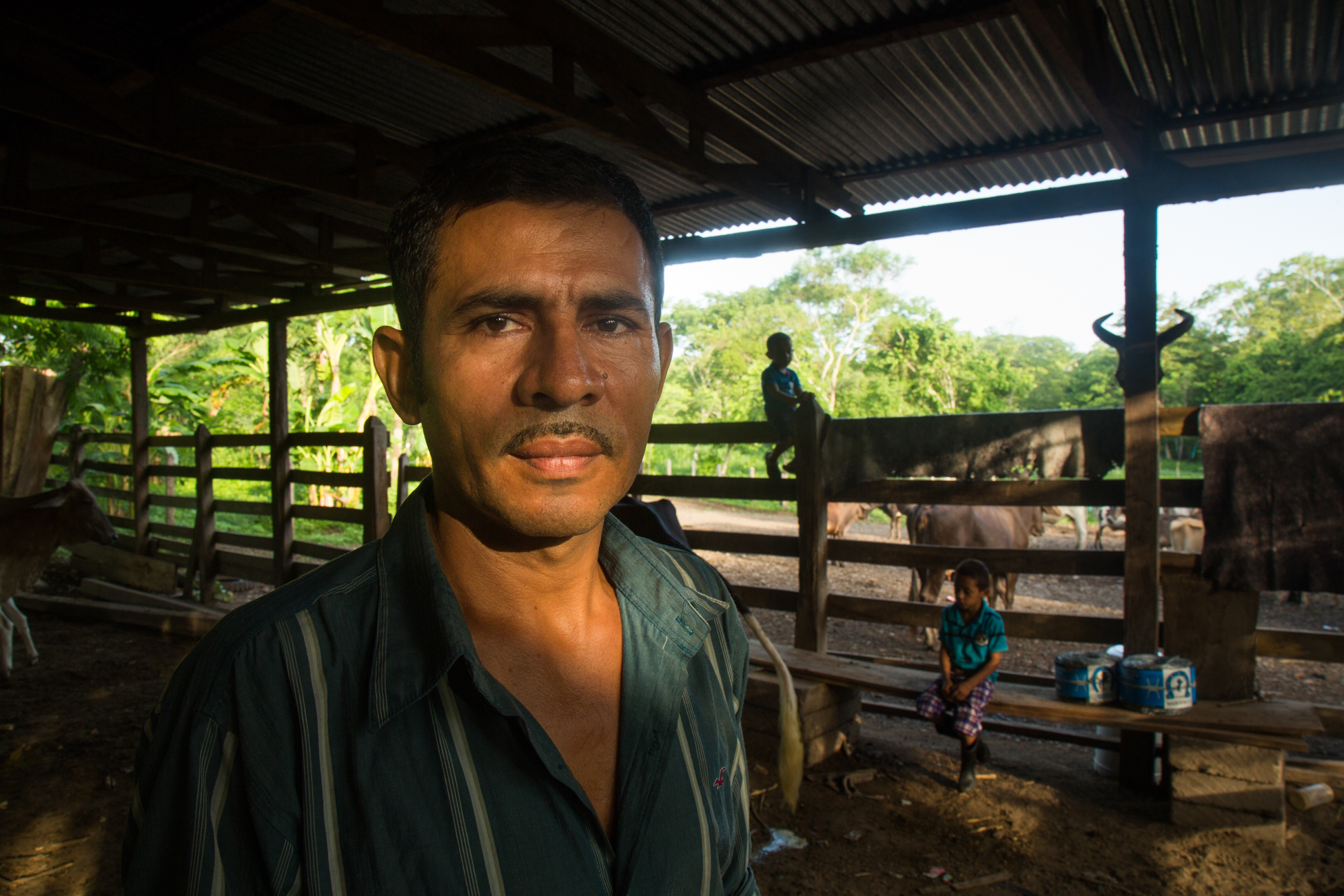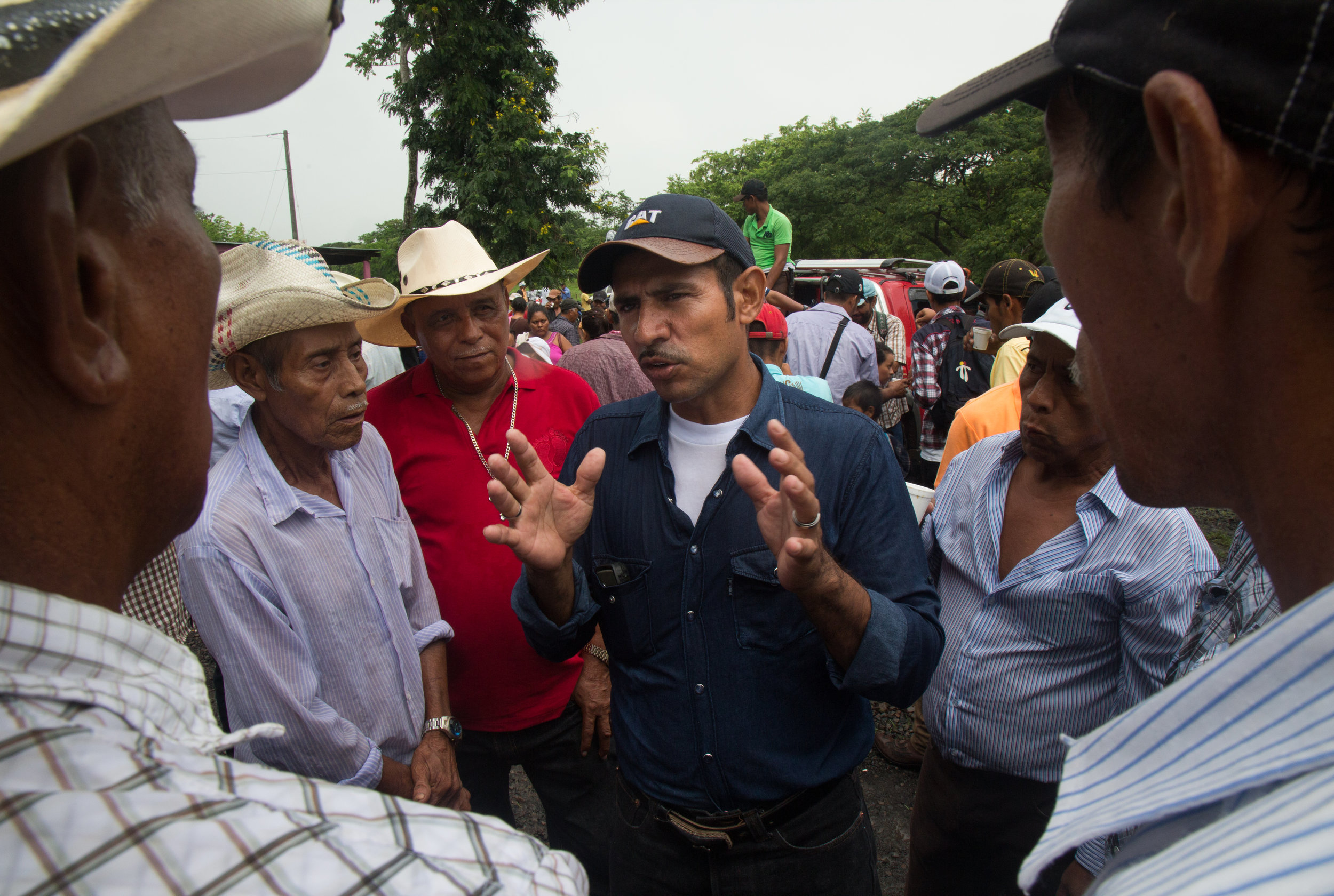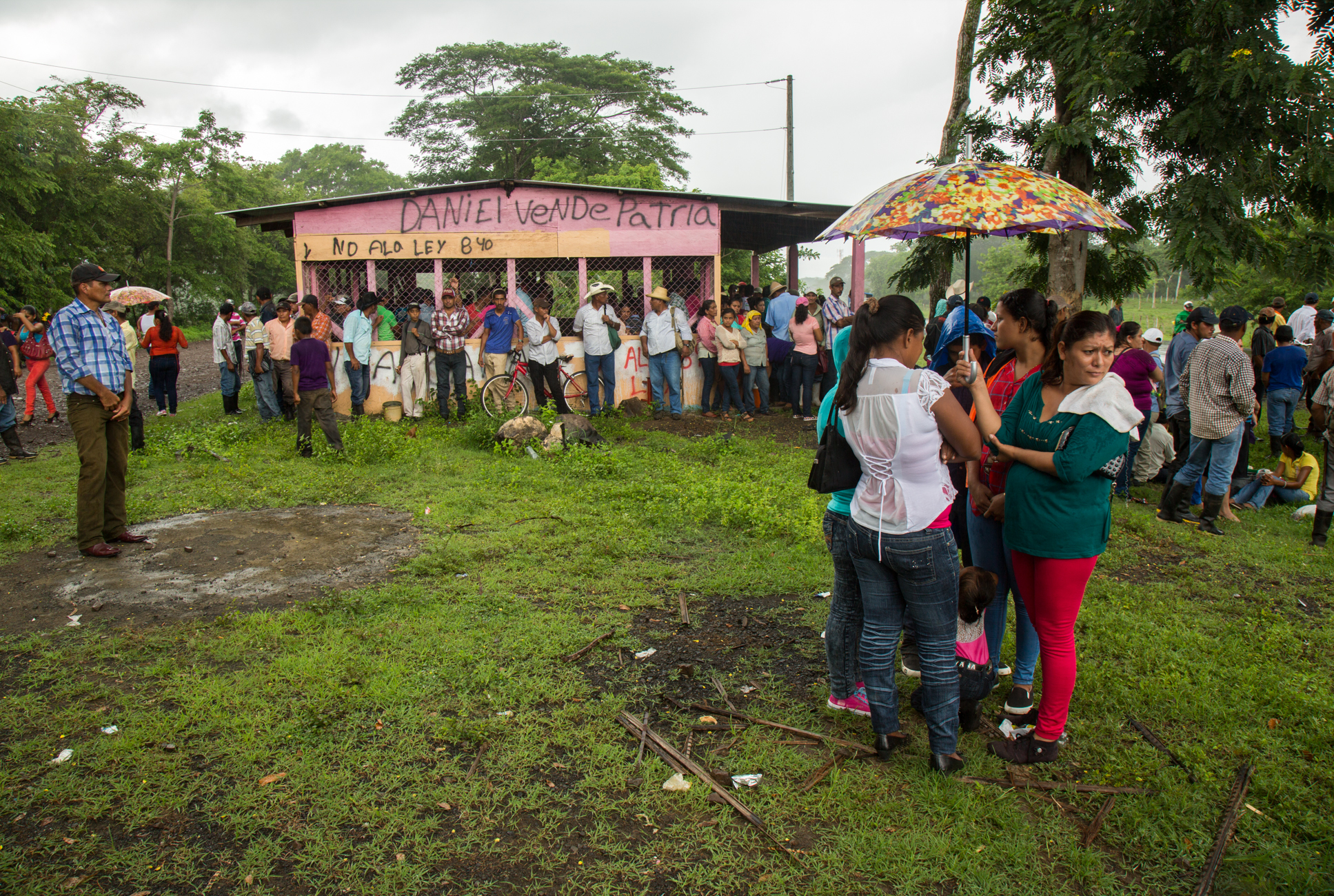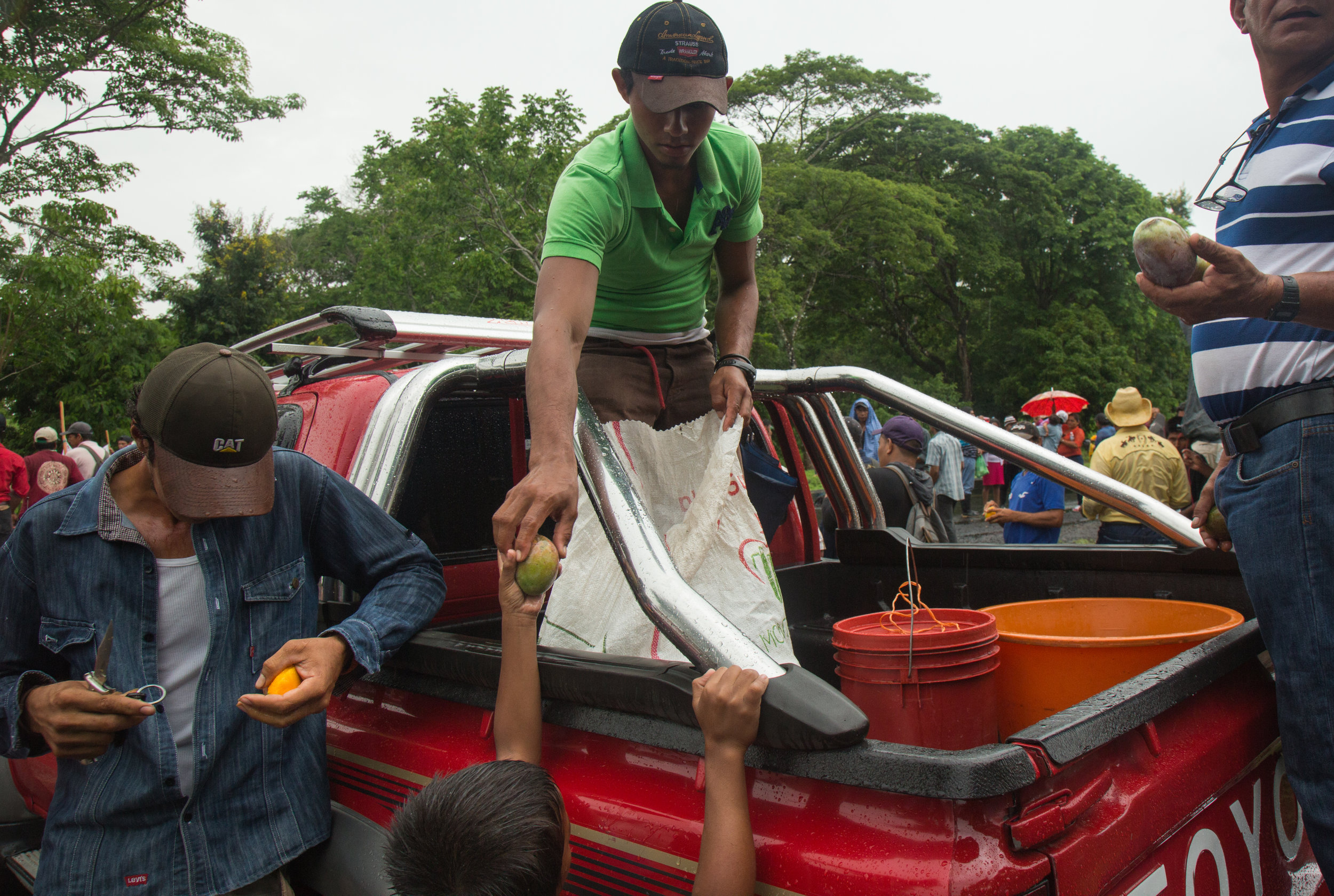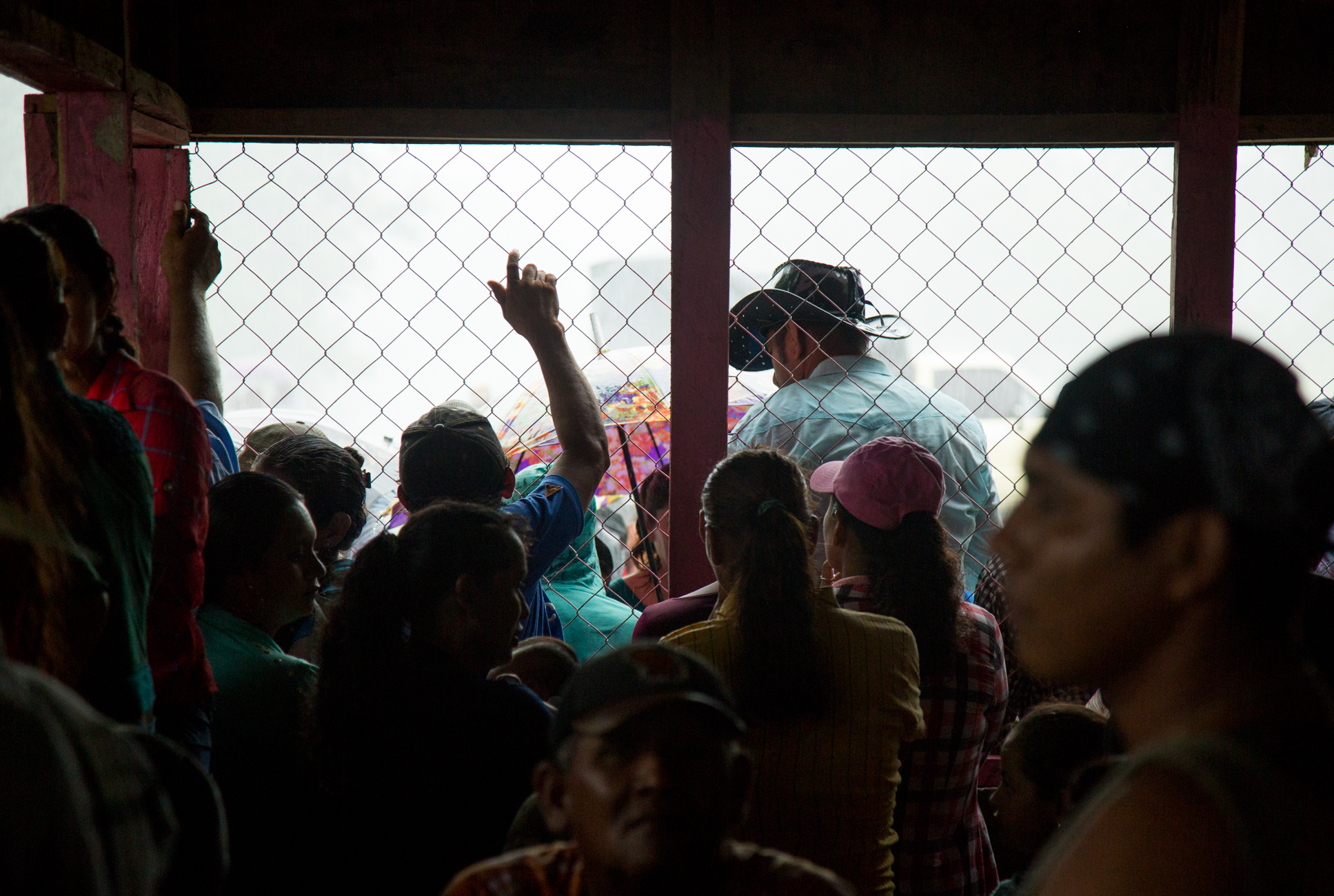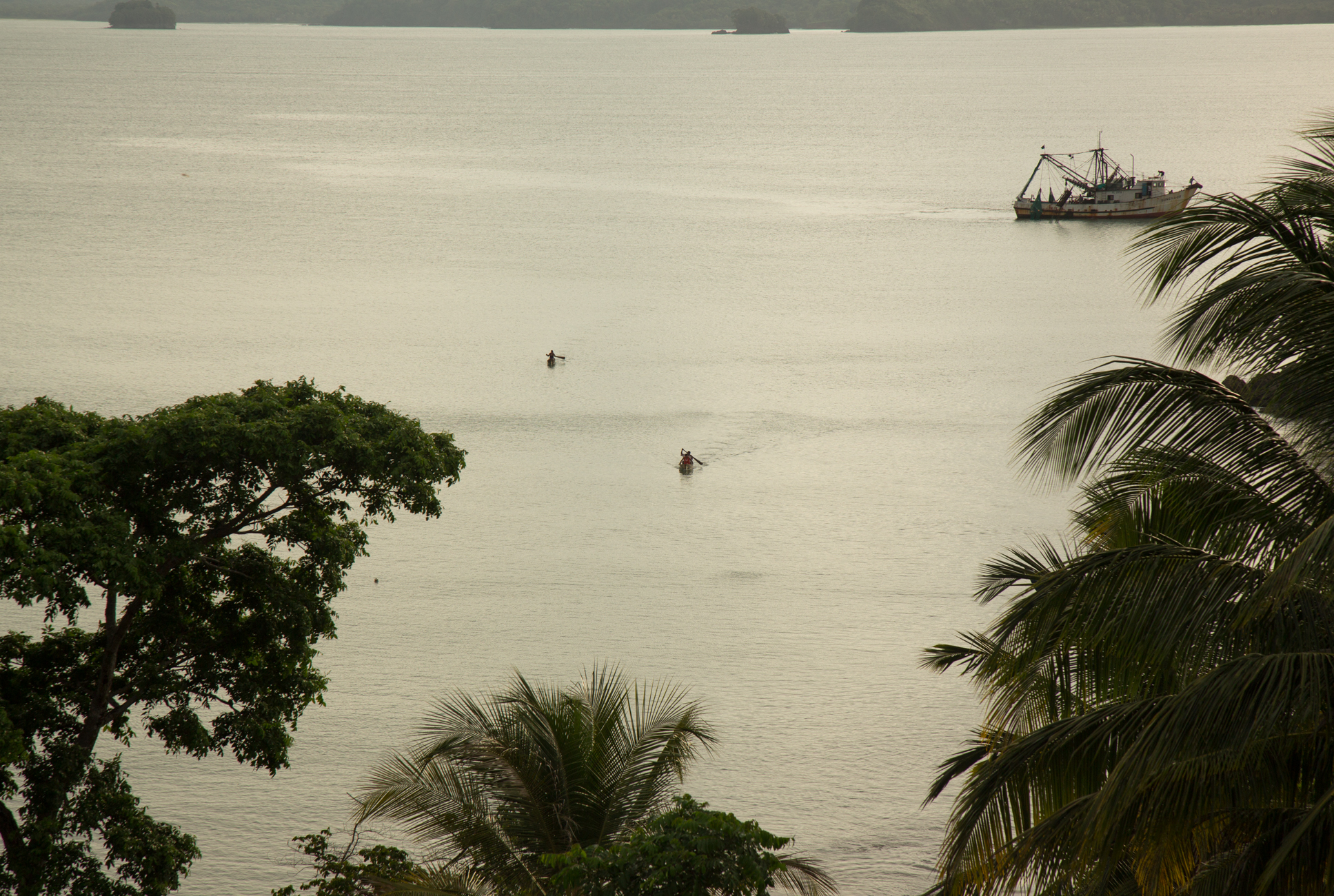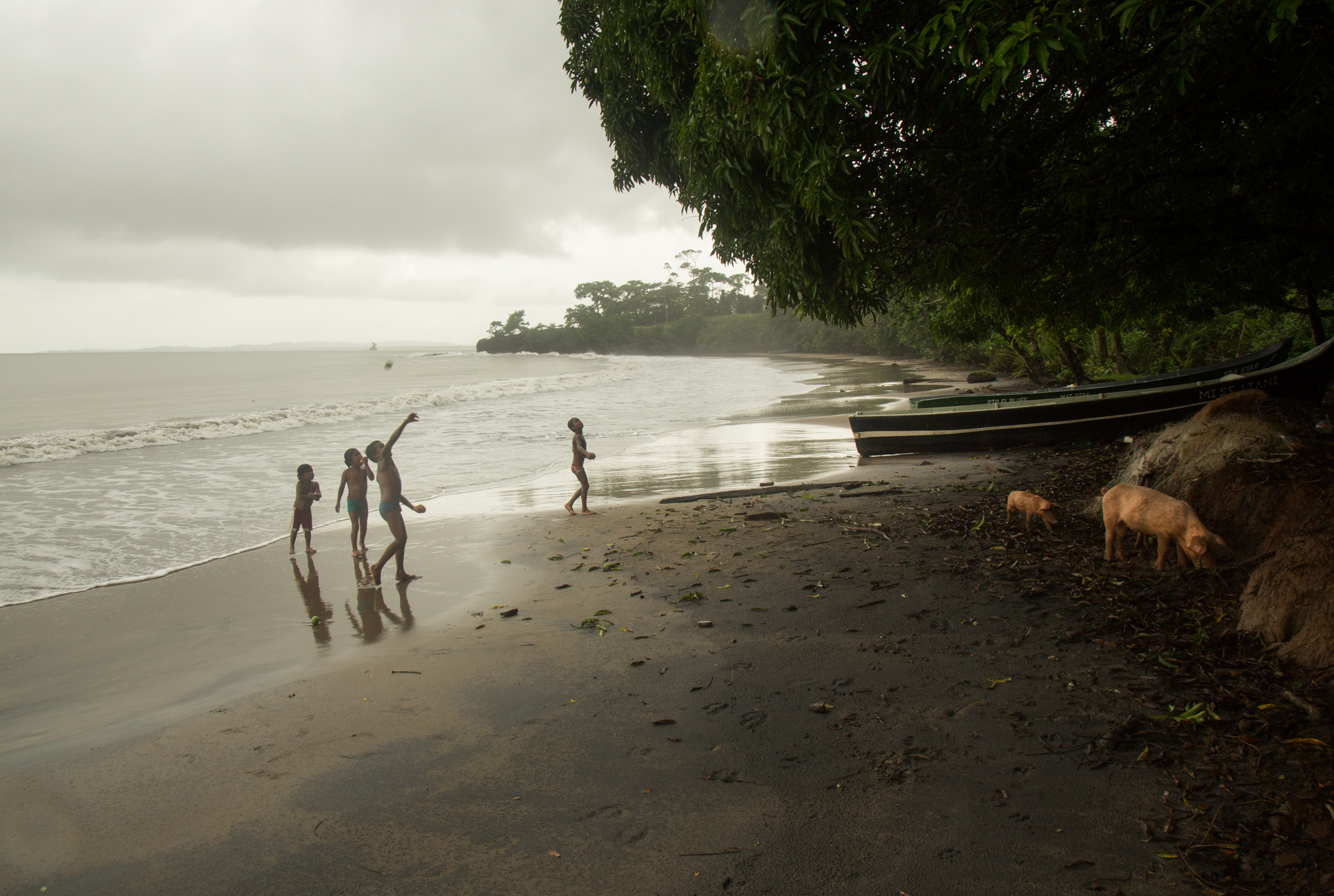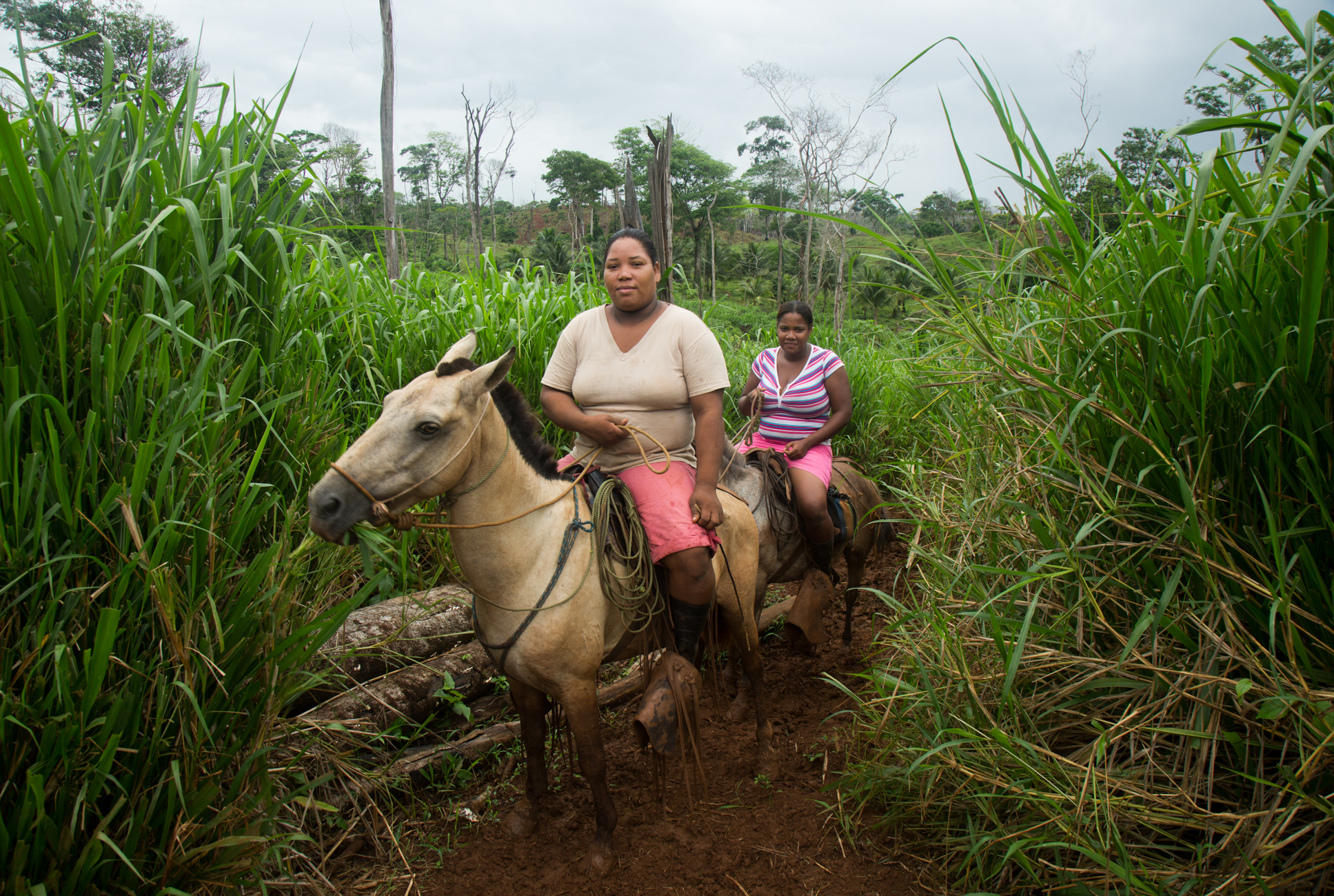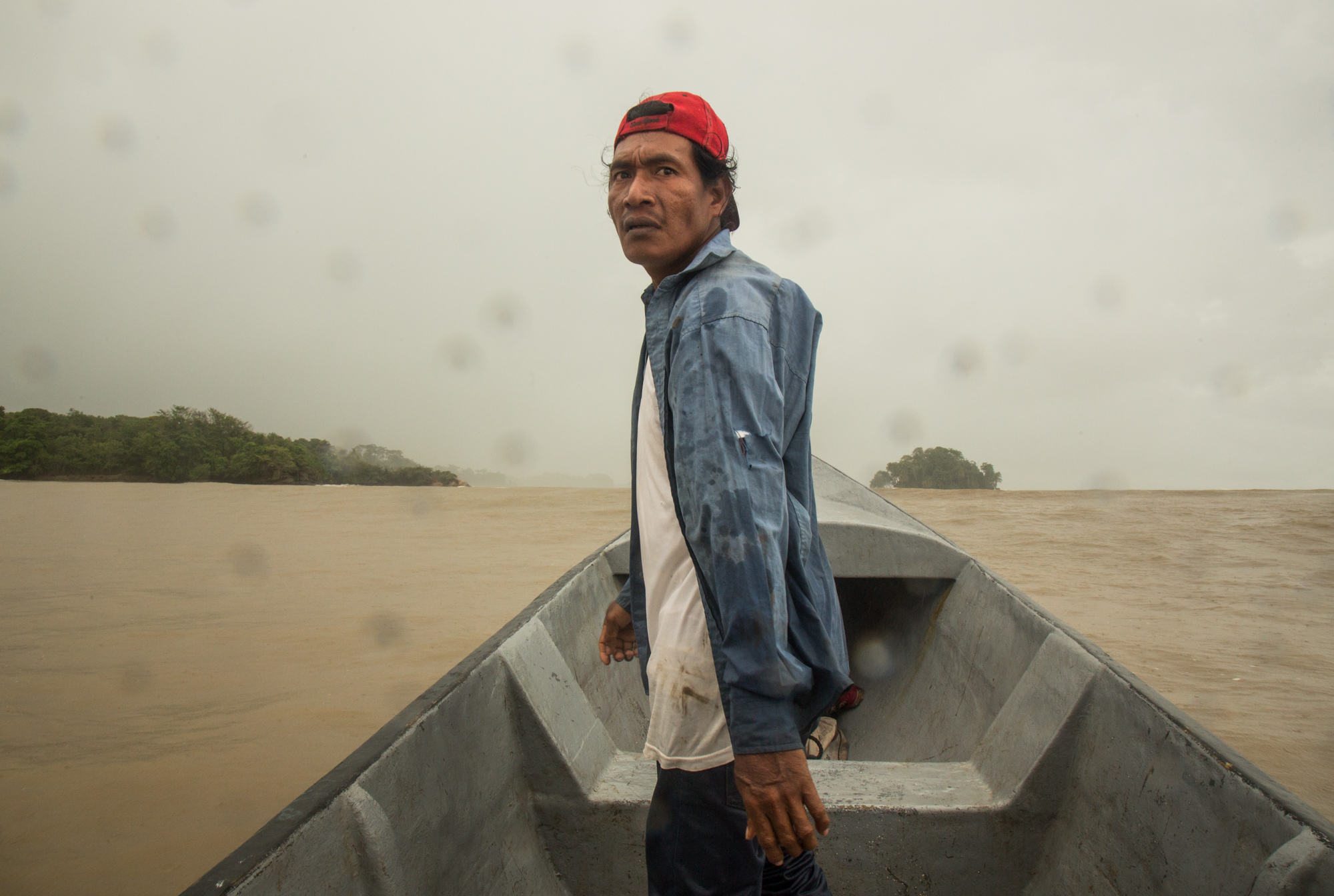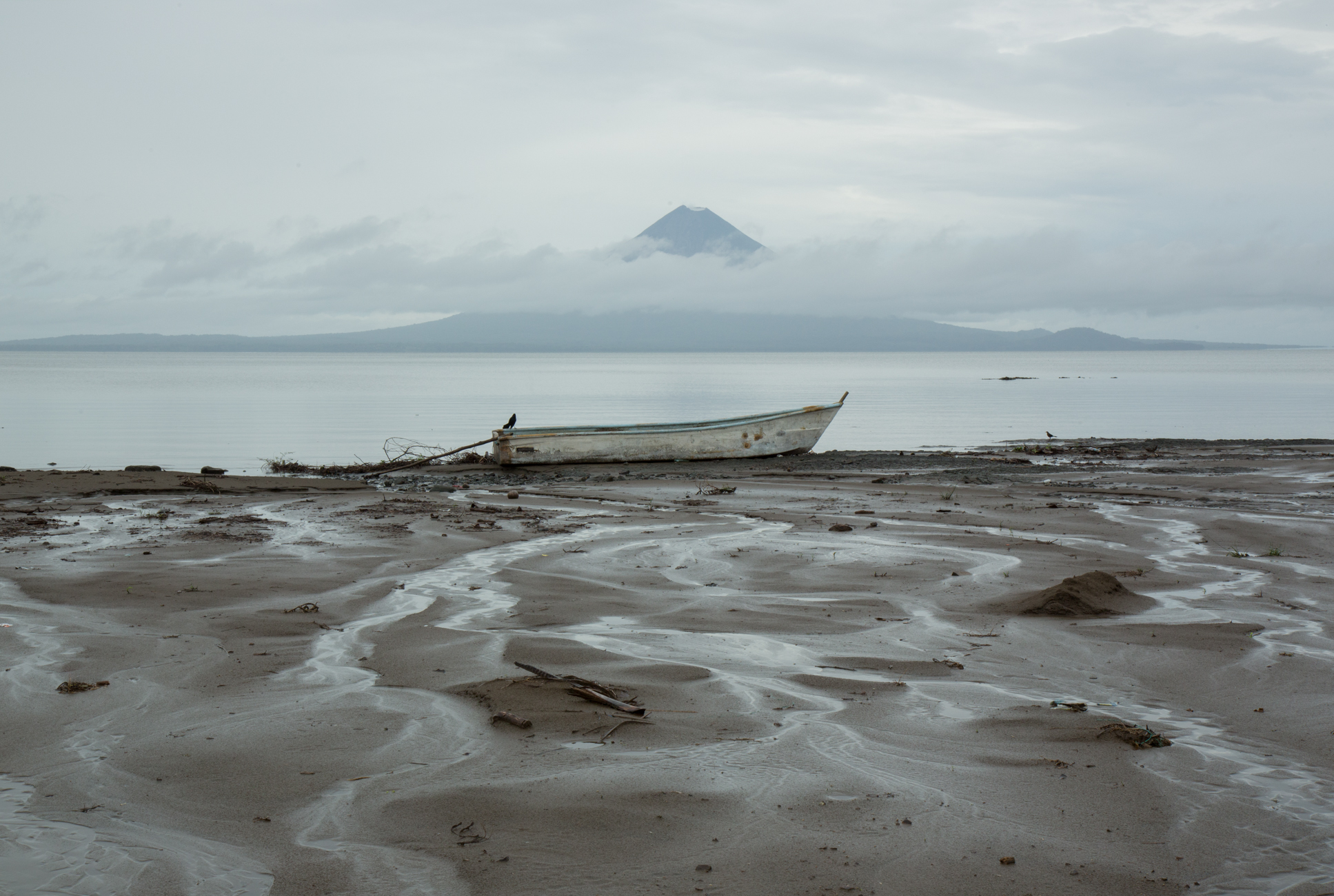CAMPESINADO
Life explodes from volcanic soils on Ometepe Island and along the muddy riverbanks of the Punta Gorda River. Lush forest and hillsides spill out into the Caribbean Sea. The people who have made their homes in this land vow to never leave. They are farmers and cowboys, mestizo and indigenous, young girls and grandmothers, the campesinado. Distinguished by their their tight knit families, wisdom in working the land and their determination to make something, anything, out of nothing and against all odds, they forge an existence out of the dense jungle. They are fighters and survivors in the Punta Gorda River region where an estimated 300,000 campesinos live and work and are under threat of being evicted from their land; they are taking a stand.
The Nicaraguan Grand Canal project was proposed in 2014 to unite the Pacific and Caribbean oceans with a canal that would rival the Panama canal. It promised to bring development to the economically stilted nation by making it an artery in global trade. It has devolved into a broken deal with foreign businessmen and the Nicaraguan government to claim land along the route of the proposed canal by using newly created laws. But the area in question is already a bustling trade route. Thousands of farmers, ranchers and fishermen who use the Punta Gorda River and its subsidiaries to move milk, cheese, fish, quequisque, yucca, plantains, vegetables, animals and goods maintain a true local food economy. While deforestation due to cattle ranching has transformed the landscape, the people depend on the rivers and the forest for their very subsistence and are its very conservationists. Since the announcement of the Gran Canal Project in 2014, there have been over one hundred and twenty protests against it. The proposed canal would cut through the Punta Gorda River region and Cocibolca, or Lake Nicaragua, Central America’s largest freshwater lake.
There is a more complex issue engulfing the communities that inhabit the Punta Gorda River region however. In the early 1990’s, many US supported Contra fighters opposing the new Sandinista government gave up their weapons in exchange for land in the Southern Atlantic Autonomous Region (RAAS). “Autonomous” signifying rule by the country’s large indigenous populations Rama, Miskito, Suma and Mayagna. The agreement immediately created a land conflict. Over the ensuing two decades the former Contras began to populate the region, expanding the agricultural frontier into the resource rich Punta Gorda River national reserve and traditional home to the Rama nation. Many Rama people were pressured, sometimes violently, out of the region to the Caribbean coast, or sold off their own lands to these newcomers arriving in mass, but a coexistence developed between the original people and the campesinos.
As Central America paces towards modernity in many aspects and gives up its younger, determined populations to the North through immigration, Nicaragua has maintained something unique. It is not losing a large portion of its young men and women to the United States, like many of its neighbors El Salvador and Honduras. Rather, most Nicaraguans, particularly campesinos, are dedicated to their land and their country, despite the gross poverty and lack of economic opportunity. In a region plagued by gang violence and narco-trafficking, Nicaragua is home to hundreds of thousands of young men and women continuing the traditions of farming their family land.
The fight against the proposed canal has become an unlikely opportunity for the multi-ethnic communities to unite and work towards conservation of their region, environmentally and culturally. Together, they are sounding an alarm to the world, resisting the potential destruction of their lands and their cultures. The campesinado is alive.
Work commissioned by Amnesty International in June of 2016.
Download full Amnesty International report here.
All photographs copyright Tom Laffay. Any use requires explicit authorization. Thank you.

